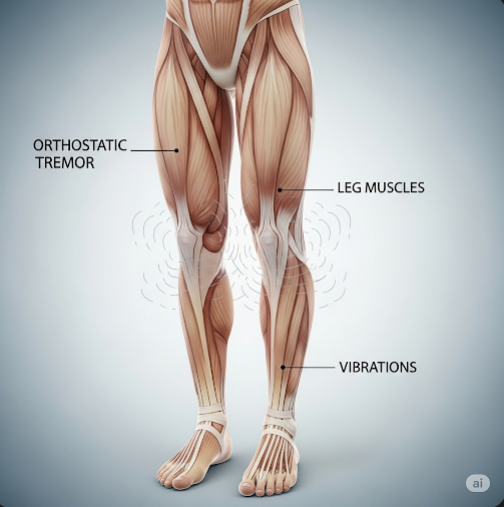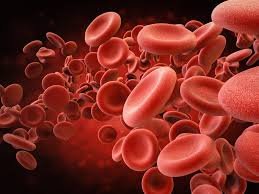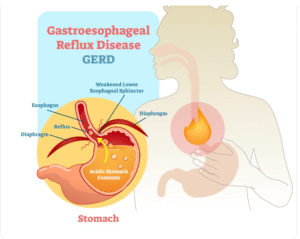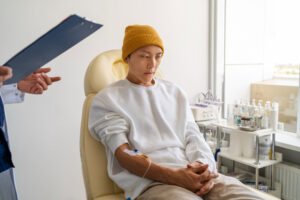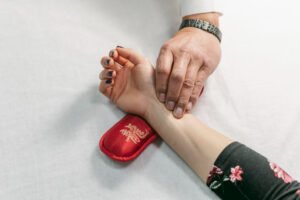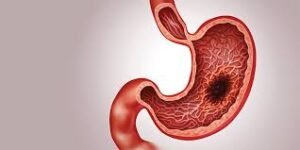Overview
Orthostatic tremor (OT) is a rare movement disorder characterized by rapid, rhythmic muscle contractions in the legs and trunk that occur when standing still. The tremor typically disappears or significantly decreases when walking, sitting, or lying down. In Korea, diagnosis and treatment of orthostatic tremor are available at specialized neurology and movement disorder clinics, where advanced diagnostic tools and treatment options are offered to improve patient mobility and quality of life.
What is Orthostatic Tremor?
Orthostatic tremor is a neurological condition involving high-frequency tremors (usually 13–18 Hz) that affect the legs while standing. The tremors may cause unsteadiness, a feeling of imbalance, or the need to move quickly to relieve symptoms. Unlike other tremor disorders, orthostatic tremor is primarily linked to standing posture and is thought to originate from abnormal activity in the brain’s motor control circuits.
Symptoms
Common symptoms of orthostatic tremor include:
- Shaking or trembling in the legs while standing
- Unsteadiness or fear of falling
- Symptoms that improve when sitting or walking
- Feeling of leg weakness during prolonged standing
- In some cases, mild tremors in the arms or trunk
Causes
The exact cause of orthostatic tremor is unknown. However, possible contributing factors include:
- Dysfunction in brain regions controlling movement, such as the cerebellum or brainstem
- Genetic susceptibility in some individuals
- Secondary causes related to other neurological conditions (e.g., Parkinson’s disease, multiple sclerosis)
- Neurochemical imbalances affecting motor control
Risk Factors
While orthostatic tremor can affect anyone, certain factors may increase the likelihood of developing the condition:
- Age over 40 years
- Female gender (slightly higher prevalence)
- Family history of tremor or movement disorders
- Underlying neurological diseases
Complications
If untreated, orthostatic tremor can lead to:
- Difficulty standing for extended periods
- Reduced participation in social and professional activities
- Increased risk of falls due to imbalance
- Emotional stress, anxiety, or depression related to mobility limitations
Prevention
Currently, there is no known method to prevent orthostatic tremor. However, early detection and management can help reduce complications. Regular neurological check-ups, maintaining a healthy lifestyle, and seeking prompt medical advice at the onset of symptoms are essential for improving outcomes.
Treatment Options in Korea
In Korea, orthostatic tremor is managed through a combination of medication, therapy, and lifestyle adjustments. Common approaches include:
- Medications: Clonazepam, gabapentin, or primidone to reduce tremor severity
- Physical therapy: Balance and strength training to improve stability
- Assistive devices: Canes or walkers for prolonged standing situations
- Addressing underlying conditions: Treating associated neurological disorders if present
Specialized hospitals in Korea, such as university-affiliated neurology centers, offer advanced diagnostic tools like surface electromyography (EMG) to confirm the diagnosis and tailor treatment to individual needs.

